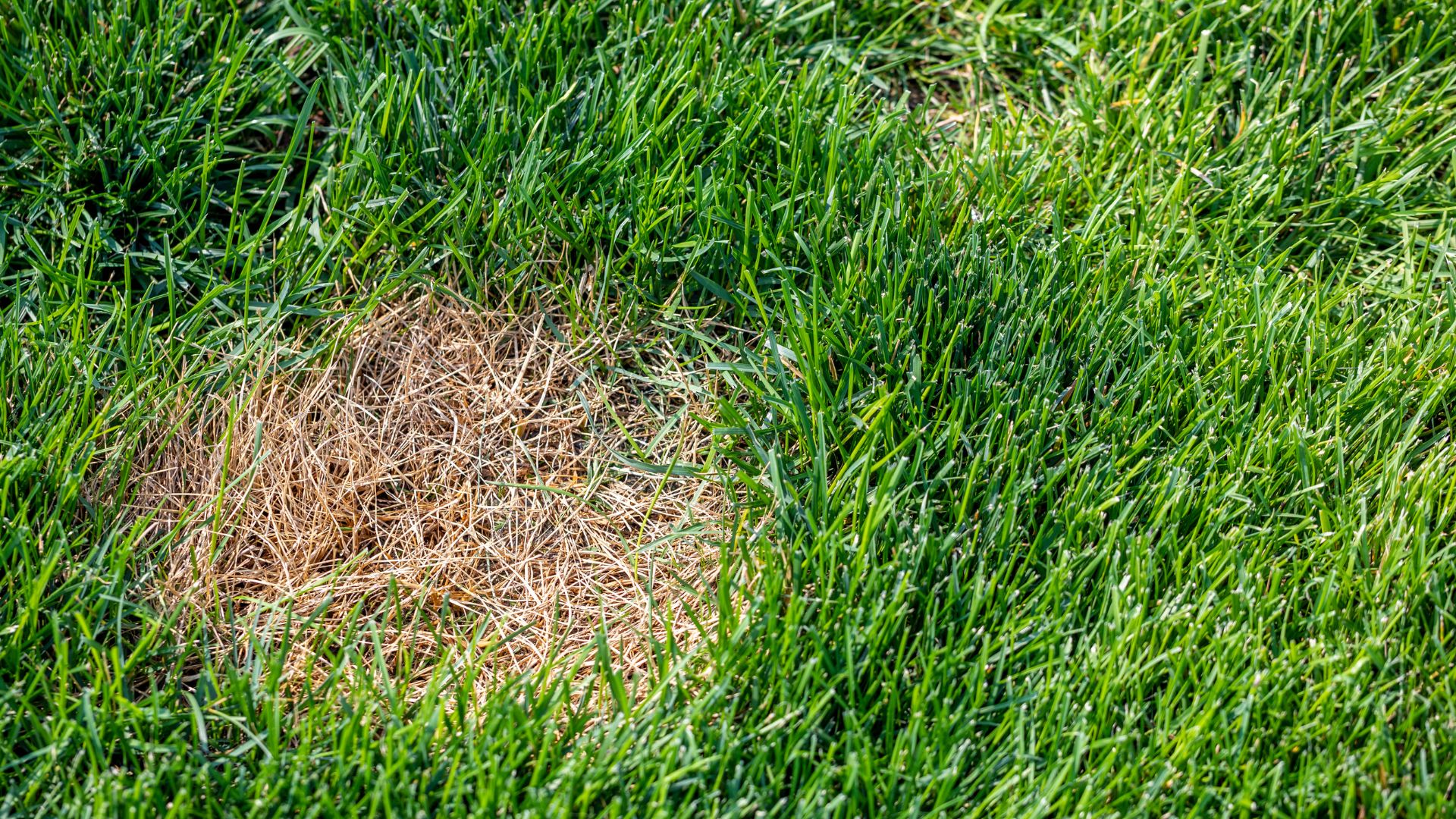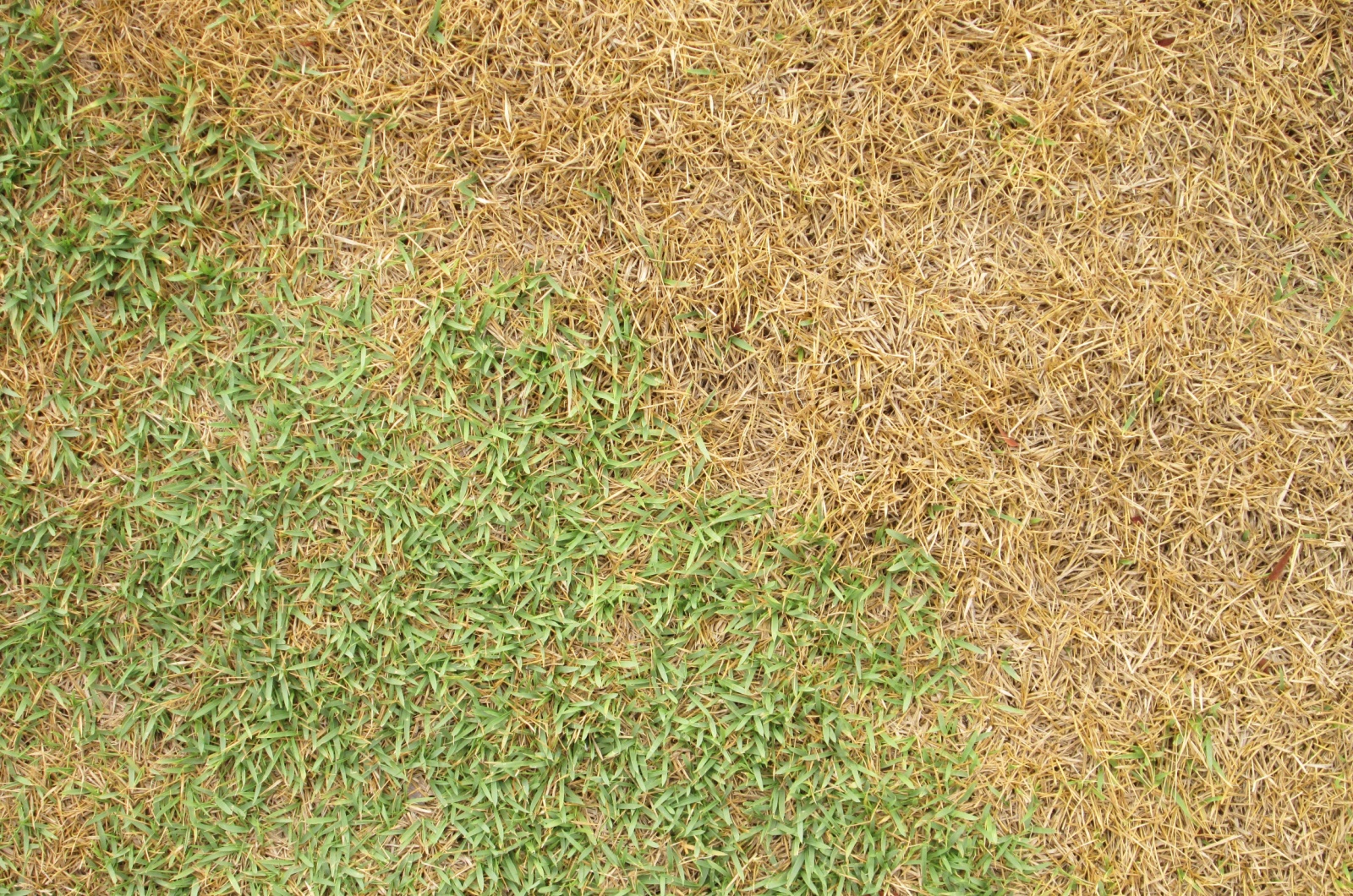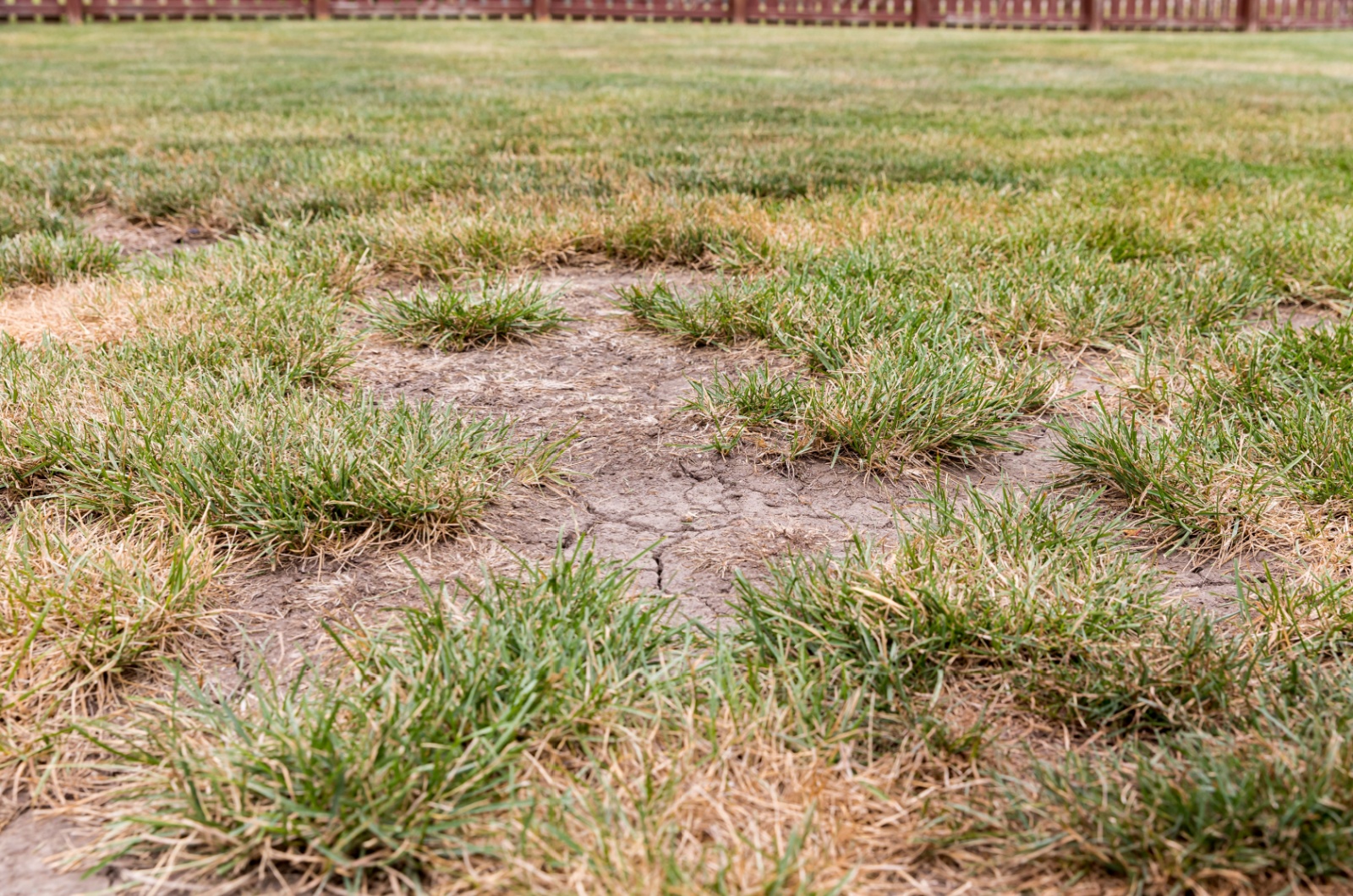If your lawn looks more brown than green this summer, don’t panic like I did. I thought my lawn was toast and I’d have to start from scratch; but it turns out that a brown lawn isn’t always a sign of doom and gloom!
Sometimes, your grass is just taking a cozy nap during the warmer months. That’s right, it’s not dead – it’s just dormant!
The real issue here is not knowing what type of grass is growing on your lawn. There are two main types of grasses in the U.S:
• Cool-season grasses (like fescue or Kentucky) that thrive in the spring and fall but hit the snooze button in the summer.
• Warm-season grasses (like Bahia and St.Augustine) that look their best in hot, humid weather.
So, if your grass is turning brown as soon as the temperature rises, then you are probably growing a cool-season kind. But how can you know the difference between grass going dormant and grass completely deteriorating?
Stick around, and I’ll share some tips on how to care for your grass during its summer slumber and how to spot when those brown patches might be a sign of something more sinister.
Your Grass Might Need Special Care During Summer
For those of you who are growing the cool grass types, you need to know this: once your lawn hits that brown stage, no amount of watering will magically turn it green again.
But the good news is that it will return to its vibrant self once fall rolls around with those cooler temperatures and plenty of rain to soak the soil.
Now, if you want to avoid that dreaded brown phase altogether, start watering your lawn consistently before the heatwave hits.
Cool-season grass needs about an inch of water per week to stay green. If Mother Nature isn’t doing her part (i.e raining), you’ll need to step in with some irrigation.
A good soak once a week, aiming for a half-foot deep, works better than a light sprinkle every day.
And remember, the early bird gets the worm (or in this case, the healthy lawn). Watering in the morning helps prevent diseases that can spread when the grass stays wet for too long during the day.
However, we all know that with climate change throwing us curveballs, many areas face water restrictions, especially during those hot, dry summer months. Sometimes, local authorities might limit your watering schedule or even ban it altogether.
If that happens (or if you’re just feeling eco-conscious), it’s perfectly fine to let your lawn go dormant until fall. Your grass will forgive you and bounce back when the time is right.
When my lawn turned brown for the first time, I started watering it like crazy, thinking that would help. After getting to know my grass a little bit better, I try to keep it awake during the summer; but if it turns brown, it’s not the end of the world – I just know it will come back in its full glory as soon as the fall comes!
Related: Put Your Sprinkler Heads In The Perfect Spots To Keep Your Lawn Green All Season Long
Start Panicking About Your Lawn When…
…it turns brown for reasons beyond the usual seasonal changes, and these can be quite tricky to handle!
Some spots in your yard might suffer more from heat and drought, potentially killing the grass rather than just pushing it into dormancy.
For instance, sloped areas facing south or west not only get the most sun but also encourage water runoff, which makes irrigation less effective.
If your lawn has these sun-soaked slopes, try using slow drip watering techniques to prevent runoff and learn about slope gardening to keep things green.
It’s also essential to know the difference between dormant and dead grass:
• Dormant grass feels firm and springs back when pressed
• Dead grass pulls out easily because its roots are no longer functional
Over-fertilization is another culprit that can cause brown patches. Too much nitrogen stunts root growth, leading to a patchy, brown lawn.
If your grass is thinning out, it might be due to too much shade. In that case, consider planting grass varieties better suited for shady areas to keep your lawn lush.
Also, always be on the lookout for lawn diseases and follow these tips to keep your grass happy and healthy!
Related: But Seriously, How Long Does It Really Take To See Results From Lawn Fertilizer?



